Think of your website as a magnificent castle that is both full of opportunities and protected by a maze that users must make their way through.
What is the best way to guide them inside the conversion room?
It seems pointless, doesn’t it, to know that you can’t figure out that maze?
This is the point at which the SEO funnel formula becomes crucial. It’s a hidden map where content serves as the guide for inquisitive travelers or visitors, and keywords serve as breadcrumbs.
Every stage—discovery, interaction, and choice—is a magical journey that turns guests or tourists into loyal clients.
So, do you think that the information or magic on your website is strong enough to convert clicks into commitments?
To answer that question, hop on; as in this blog, SEO isn’t just a tool; it’s a formula designed to unlock your site’s potential. Get ready to master the art of converting visitors into lifelong customers.
Let’s unlock the magic together.
Understanding the SEO Funnel
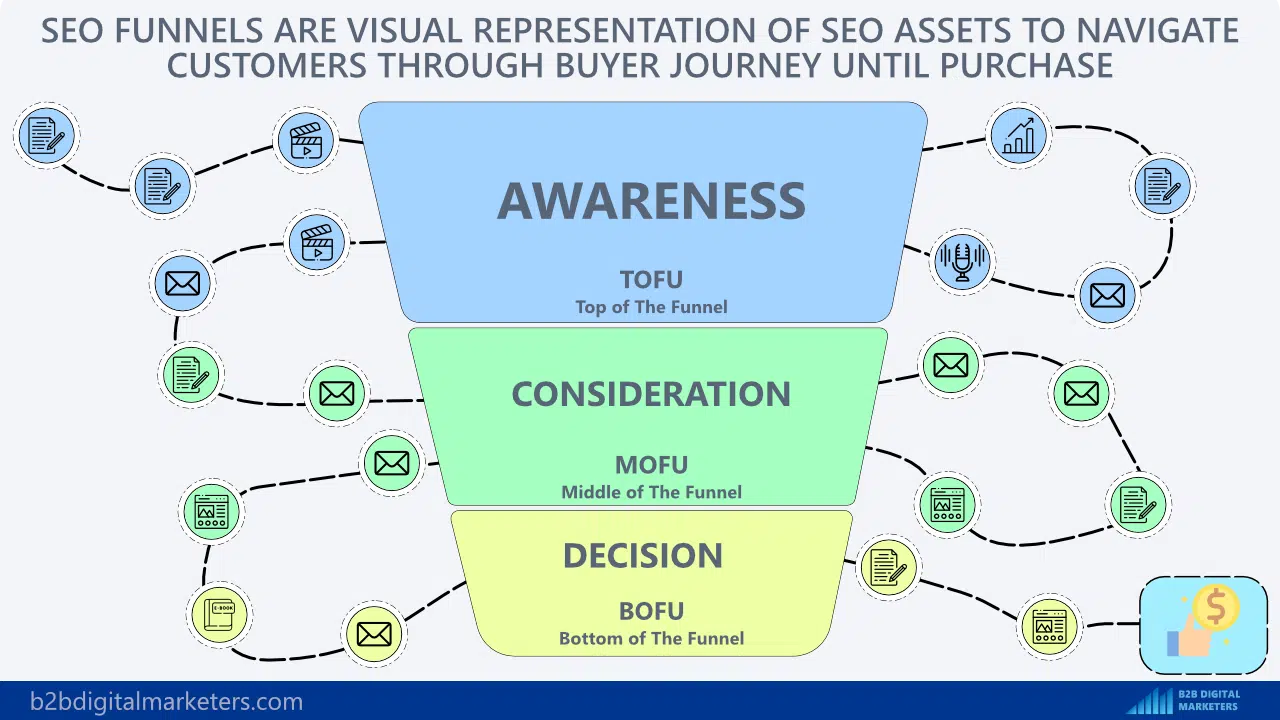
An SEO funnel is actually quite similar to the usual marketing funnel because it is used to anticipate the behavior of customers who visit the site via a search engine.
The SEO funnel is divided into three main stages:
- Top of the Funnel (TOFU): This is the awareness stage whereby individuals who are not yet your customers come across your brand through search engines. Here, you want to use more in-depth, problem-solving content to engage and nurture them.
- Middle of the Funnel (MOFU): At this consideration stage, the visitors have displayed some interest and are out in search of more information. Here, your aim should be to build relationships with them and feed them with more complex and solution-oriented material.
- Bottom of the Funnel (BOFU): This is the decision stage. Finally, visitors are up for a purchase, and your aim is to develop content that convinces them to opt for the product or service being offered.
The measure of an SEO funnel’s efficacy is defined by each stage and the manner in which prospects are ushered from one stage to the next.
Now, let us dissect the SEO funnel formula into practical segments.
Step 1: Defining Your Audience
This entails identifying who the target clientele is, what challenges they experience, and the types of solutions that interest them. So, the better you know your audience, the more specific your SEO will be.
Actionable Tips
- Create Buyer Personas:
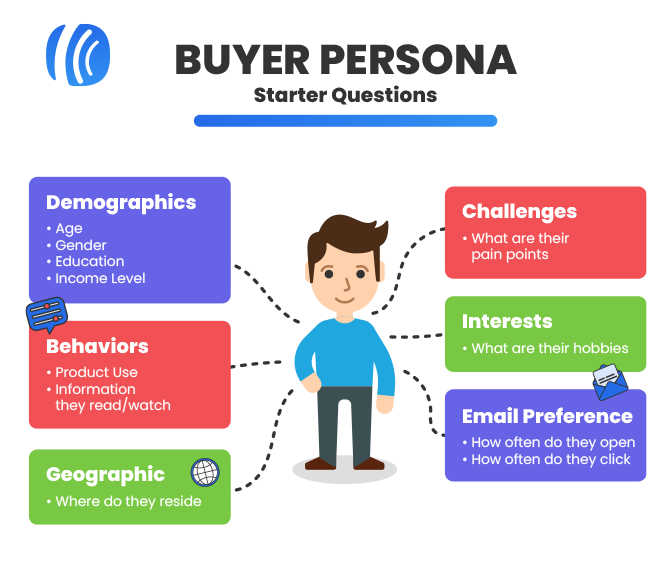
Generate comprehensive persona descriptions based on the target customers’ characteristics, such as age, gender, job roles, major challenges, desires, and internet usage patterns.
- Analyze Search Intent:
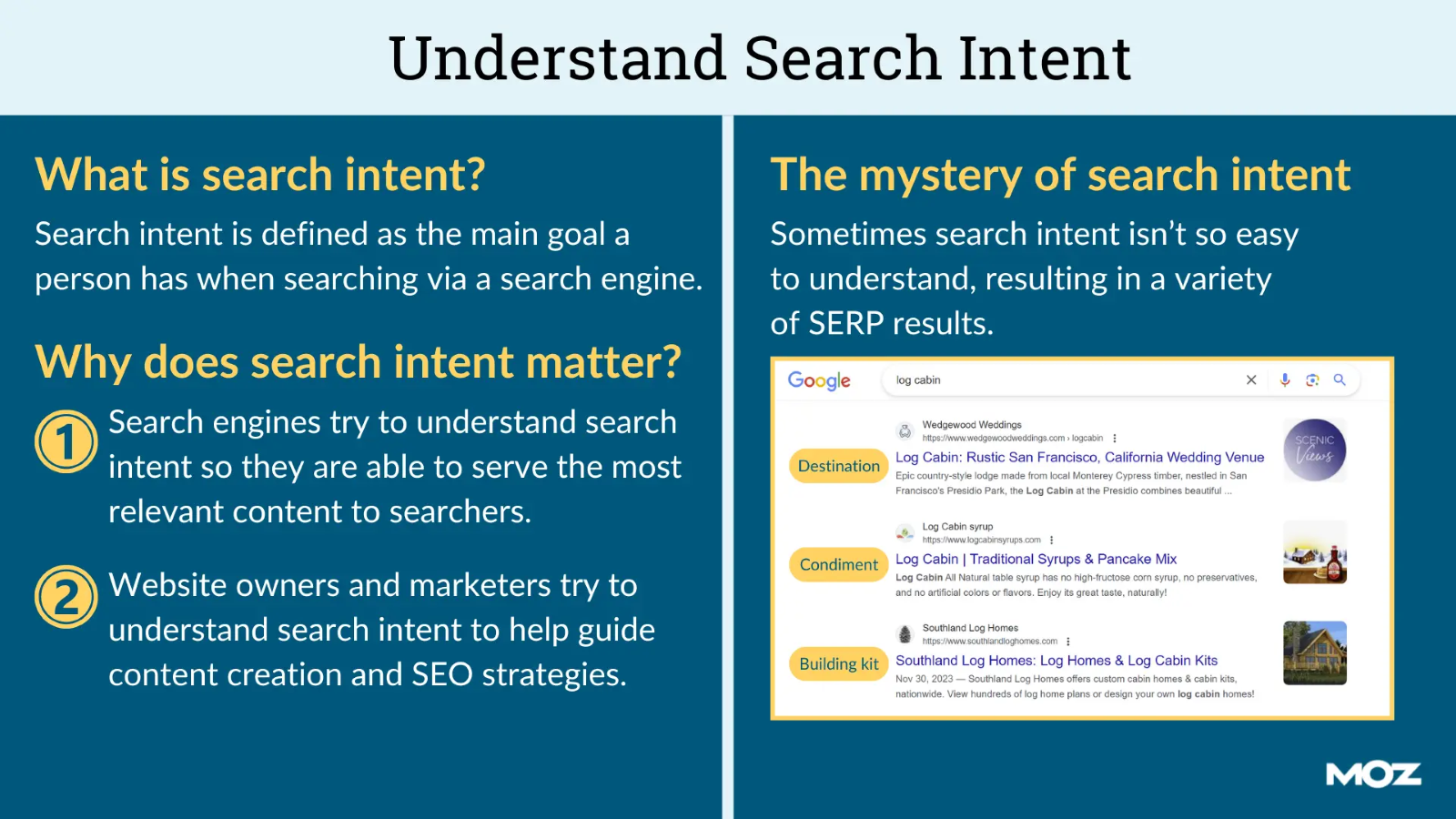
Know what product or service potential consumers are looking for at every step of the process. For instance, while a buyer at the TOFU stage may conduct a search for the best kitchen appliances, a BOFU buyer may conduct a search like ‘buy stainless steel dishwasher online.’
- Make Use of SEO Tools: You can find out what keywords and queries your target audience is using by using platforms like Ahrefs, SEMrush, and Google Keyword Planner.
Step 2: Attract Visitors at the Top of the Funnel (TOFU)
The top of the funnel focuses on getting visitors who are in the awareness stage of the funnel. These visitors may not know your brand yet but are here with the intent to seek information about the products and or services you provide.
Here, your goal should be to provide people with useful and valuable content that would answer their general search queries.
neilpatel.com
In order for your content to rank in the SERPs and drive traffic to your website, it is crucial to respond to these inquiries.
Content Ideas for TOFU
- Blog Posts: Create high-quality blog posts that are informative and usually provide more information that any of your audience might be searching for.
hubspot.com
A study by HubSpot also stated that companies with blogs generate 67% more leads each month than companies without blogs.
For example, if your business is selling hiking products, you might create blog posts such as ’10 Essential Hiking Gear Items for Beginners’, which will attract searchers in the awareness stage.
- How-to guides:
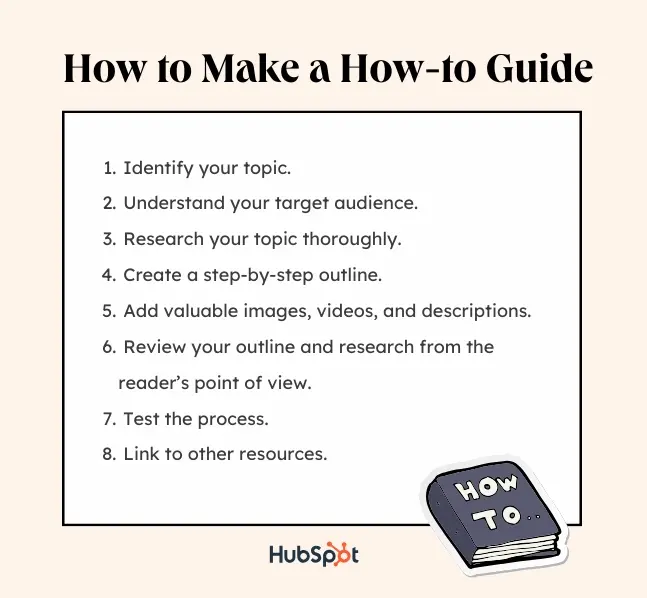
Create detailed “how-to” tutorials where you present an answer to your audience’s query. Example: How to Choose the Right Hiking Boots for Your Next Adventure.
- Listicles: Readers enjoy listicles because they offer easy-to-comprehend and time-saving content. It should be something like “5 Easy Hiking Trails for First Timers in the US.” Here is an example of a listicle:
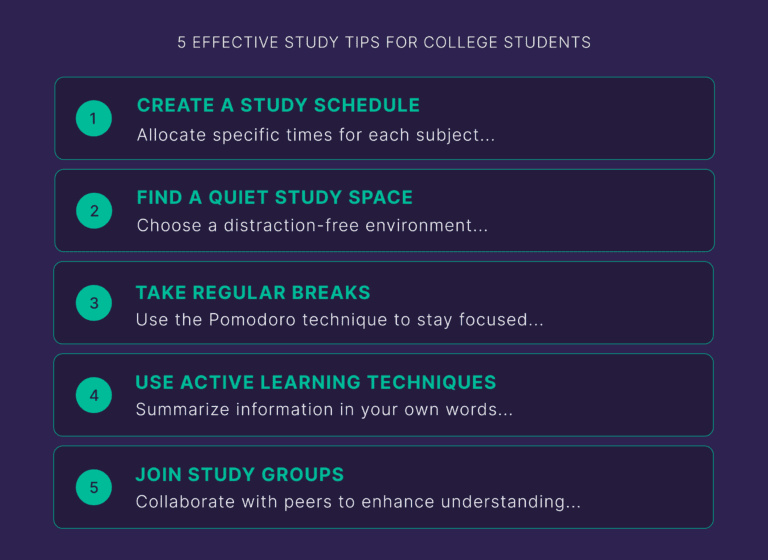
- Infographics: They are highly shareable and can attract visitors from social media profiles or backlinks from other websites.
HubSpot.com
According to research by HubSpot, 40% of content marketers believe creative images, such as infographics, work best in their blogs or articles.
Step 3: Engage and Nurture in the Middle of the Funnel (MOFU)
After getting the attention of the visitors, the next step is to engage with them and provide them with some more information they may need.
This is also midway into the funnel known as the ‘consideration’ stage, where the individuals are still in the process of considering their options but are relatively more conscious of the possibilities.
Content Ideas for MOFU
- In-depth Guides and Whitepapers:
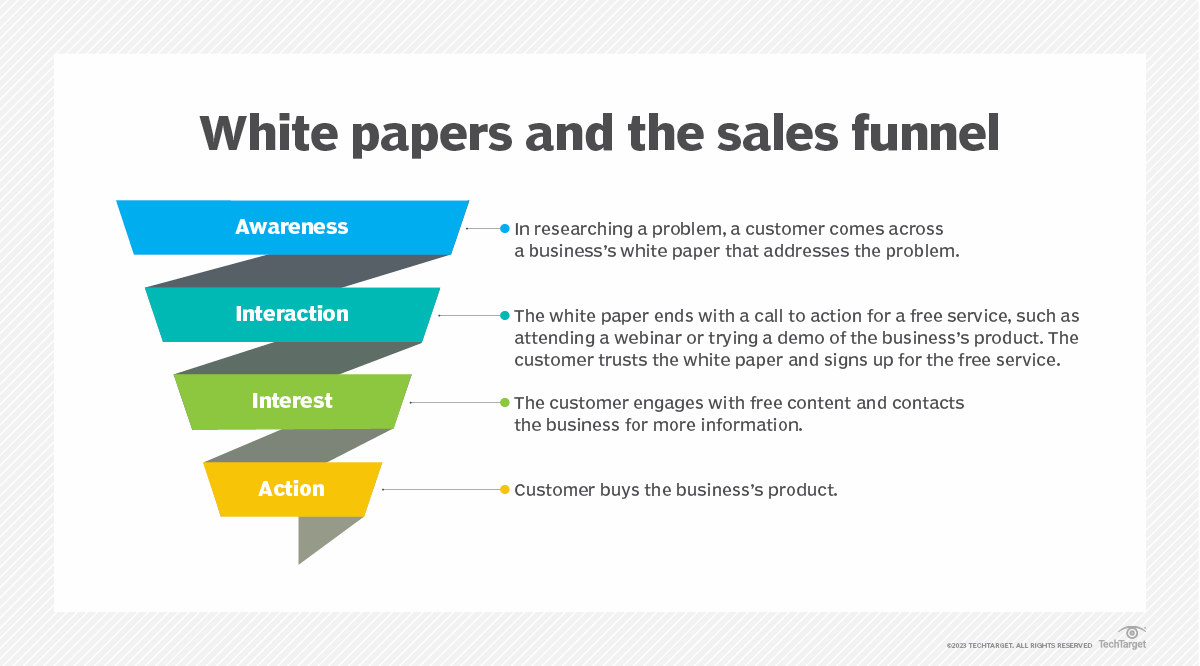
In-depth guides mean trying to deliver more elaborate content that specifically gives more solutions to the issues your audience confronts. Example: “The Complete Buyer’s Guide to Hiking Gear.”
- Case Studies: Use concrete examples of how your product or service has been helpful to other customers. This creates trust within the audience and gives potential customers a picture of what they are bound to gain.
simplypsychology.org
- Webinars and Tutorials: Provide impactful webinars or detailed videos that will interest your viewers. Example: “How to Pack for a Multi-Day Hiking Trip.”
- Product Comparison Pages: Help users who are at the consideration stage by providing information that allows users to compare the advantages of different features of the products or services being sold. Example: “Hiking Boots Comparison: Which One to Choose When Going for Your Next Trip?”
Step 4: Convert Visitors at the Bottom of the Funnel (BOFU)
The next step is to turn your visitors into paying customers once you have drawn them in and taken care of them. At the BOFU stage, the main goal is to persuade people to buy something or do anything else they want to.
Content Ideas for BOFU
- Trials and Demos: Give prospective buyers the opportunity to test your goods before making a purchase. Like the following: “Sign up for a free 30-day trial of our hiking navigation app.”
- Reviews and Testimonies from Customers: At this point, social evidence is quite potent. To establish credibility, highlight gratifying comments and testimonies.
hubspot.com
- Promotions and Discounts: Provide exclusive offers or savings to encourage prompt action. “Get 10% off your first purchase of hiking boots,” for instance.
- FAQs and Price Pages: Typically, visitors near the bottom of the funnel are searching for certain information, such as product features or pricing. Make sure these pages are useful and straightforward to locate.
Step 5: Post-Conversion Strategy: Retain and Upsell
After a visitor converts, your efforts continue. In order to keep consumers and promote repeat business, a good SEO funnel also includes a post-conversion strategy.
Keep in mind that keeping an existing client is sometimes simpler and less expensive than finding a new one.
Post-Conversion Tactics
- Email Follow-ups: Thank clients for their purchases and offer more relevant goods or services in individualized follow-up emails.
hubspot.com
- Programs for Fostering Customer Loyalty: Provide rewards like exclusive deals, discounts, or points that may be exchanged for future purchases.
- Cross-selling and Upselling: Make recommendations for more expensive goods or supplementary items that improve their first purchase. For instance: “Would you like to add waterproof socks to the hiking boots you purchased?”
- Request Evaluations: Motivate clients to write gratifying evaluations; this improves your SEO and contributes to social proof.
Step 6: Continuous Optimization and Analytics
There is more to the SEO funnel than meets the eye. Adapting to shifting user habits and increasing conversion rates needs constant funnel optimization based on data and analytics.
Key Metrics to Track
- Important Metrics for Monitoring Organic Traffic: Keep an eye on your traffic to determine how many people are reaching the top of your funnel.
- Bounce Rate: If your TOFU material has a high bounce rate, it may not be sufficiently engaging.
backlinko.com
- Time on Site: This measure, particularly during the MOFU stage, gives you insight into how interested consumers are in your products/services.
- Conversion Rate: Monitor the proportion of site visitors who finish the intended activity (sign-ups, purchases, etc.).
- Rate of Customer Retention: How many clients do you keep once they make their first purchase?
Ready to Turn Visitors into Loyal Customers? Start Building Your SEO Funnel Today!
In the current digital era, directing visitors via a well-designed SEO funnel is more important than simply increasing traffic in order to turn them into devoted clients.
You can maintain long-term growth by implementing retention and optimization tactics on a regular basis.
Begin creating your SEO funnel right away, and you’ll see your traffic translate into real business outcomes.
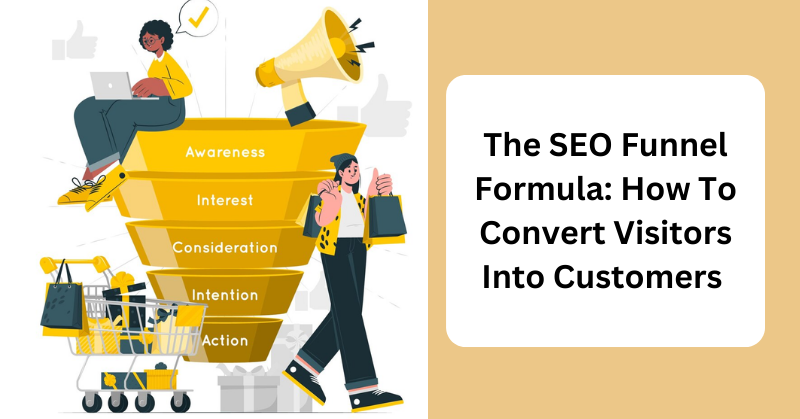
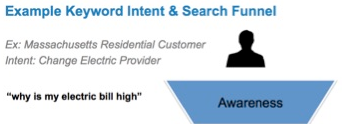
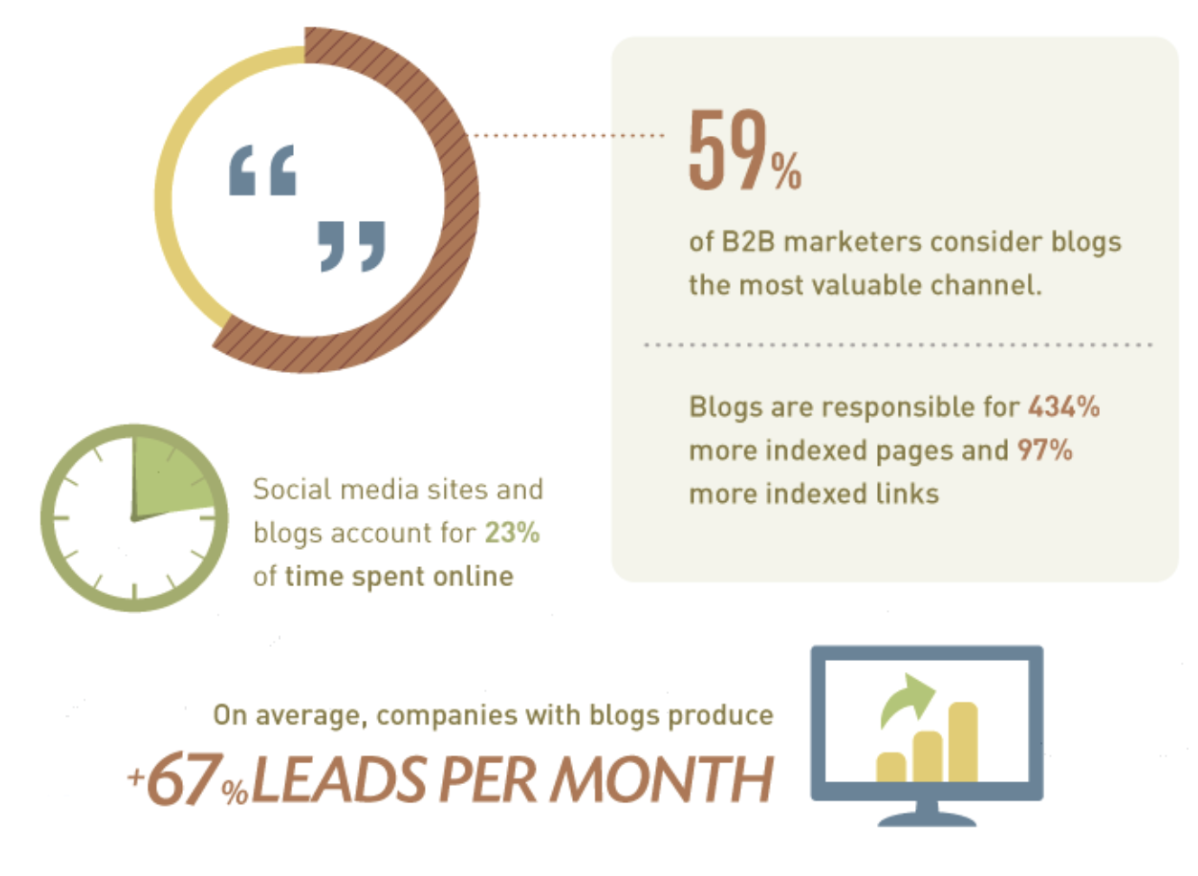 hubspot.com
hubspot.com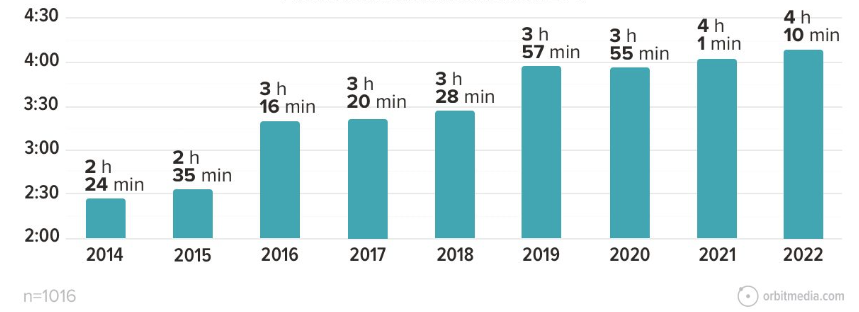 HubSpot.com
HubSpot.com simplypsychology.org
simplypsychology.org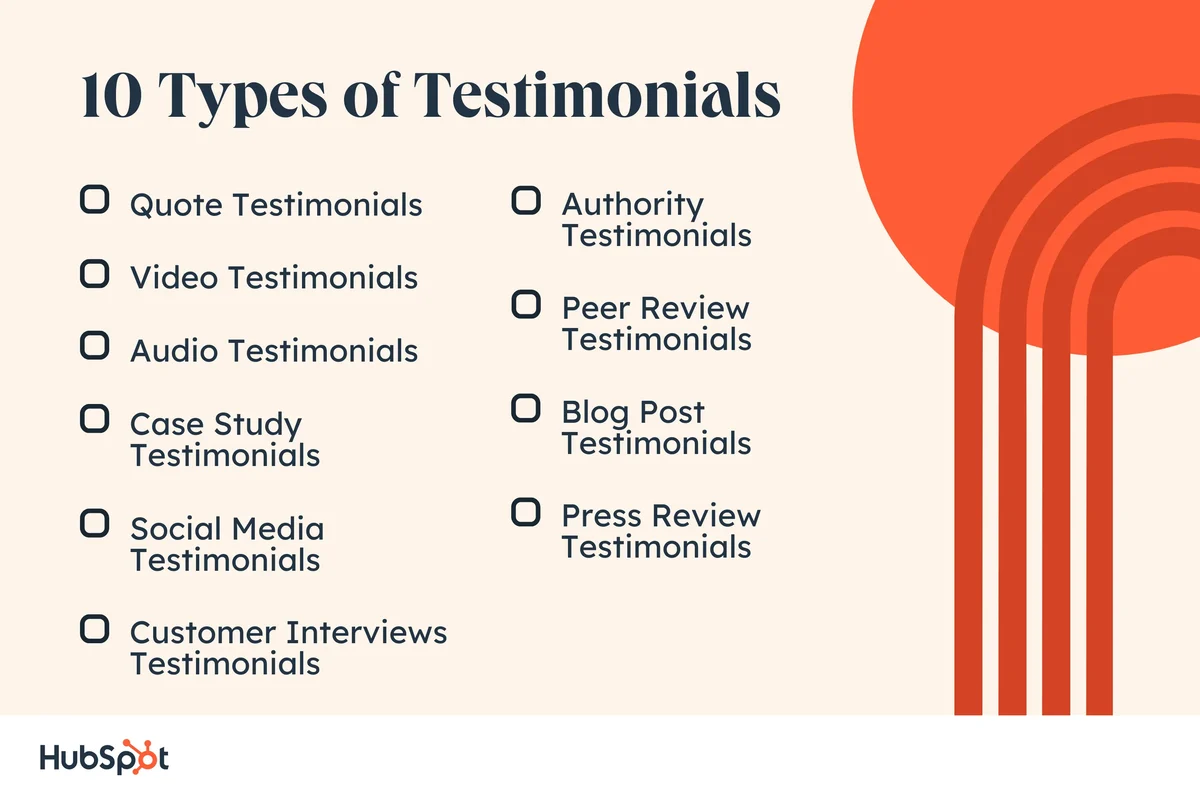 hubspot.com
hubspot.com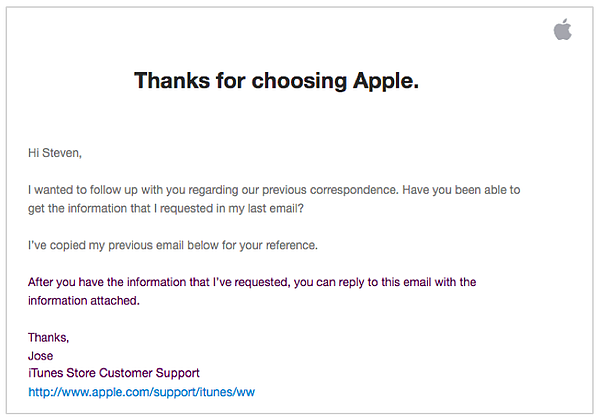 hubspot.com
hubspot.com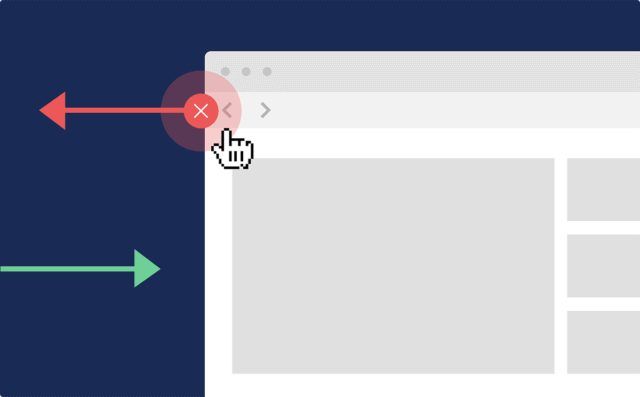 backlinko.com
backlinko.com